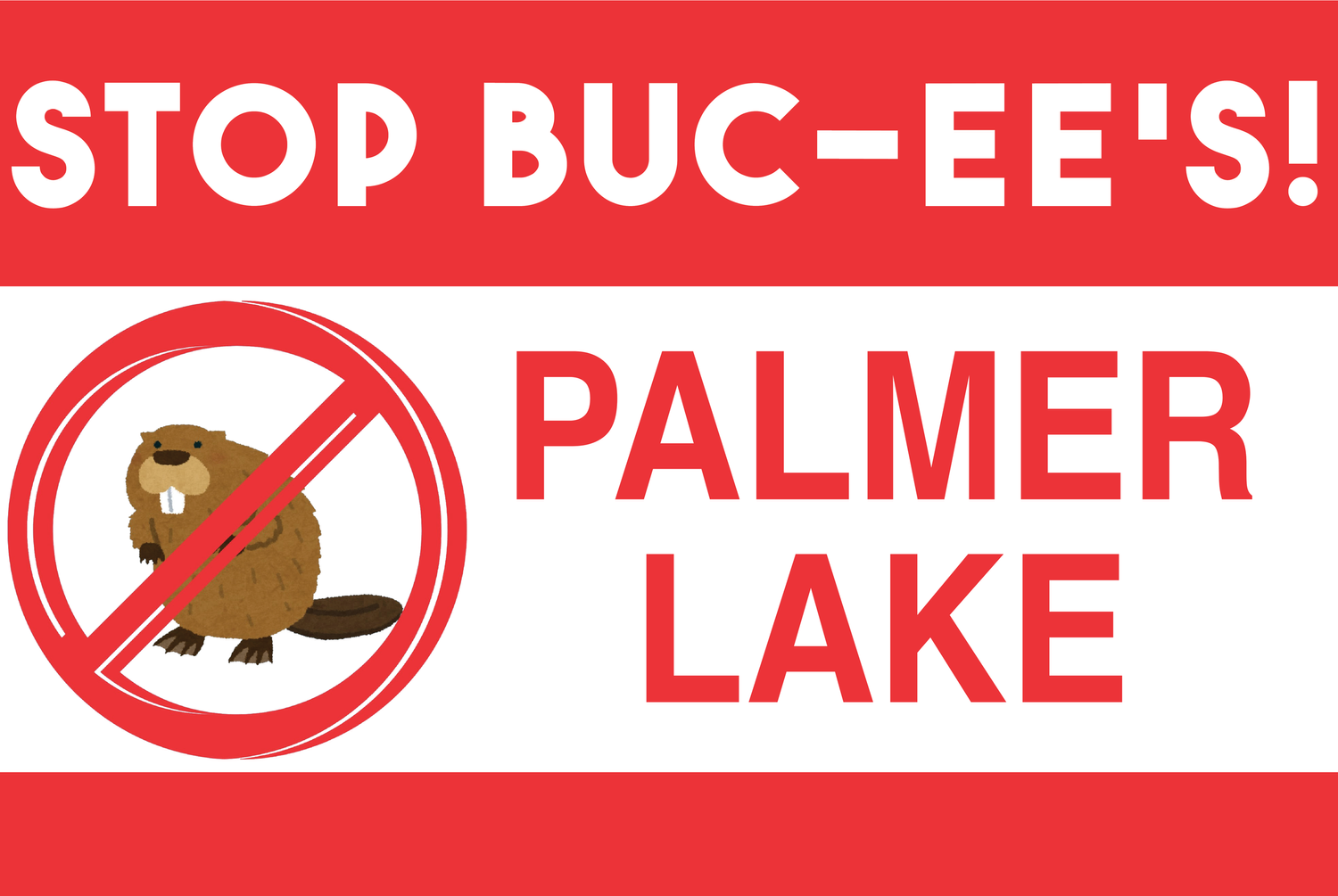Our Response to Being in The Wall Street Journal - Nine Takeaways
On July 12, the Stop Buc-ee's effort gained nationwide attention when the Wall Street Journal (WSJ) covered the growing battle against what would be the largest gas station in the world.
The WSJ article highlighted the complexity of this fight and the diverse parties involved. Most importantly, it showed that the Stop Buc-ee's movement is making a meaningful impact. With the partnership of Integrity Matters and the Malone Family Land Preservation Foundation, there is a real chance to prevent Buc-ee's from building in the Tri-Lakes area.
The article emphasized five key points:
Loss of Open Land
The proposed massive gas station, with 120 gas pumps (double the reported 60), reflects what the WSJ described as a “devouring of open land.” Colorado has lost more farm and ranch land than any other state between 2017 and 2022.Threat to Conservation Lands
Billionaire media mogul John Malone, the second-largest private landowner in the U.S., holds nearly 40,000 acres under conservation easement in this area. These lands, home to elk, deer, and other migrating wildlife, would be threatened by the Buc-ee's development.Impact on Local Businesses
The arrival of Buc-ee's would harm existing mom-and-pop stores that form the economic backbone of the community and create the small-town feel that the residents of Palmer Lake enjoy.Water Resource Strain
Buc-ee’s would require daily water use of approximately 37,000 gallons, necessitating new wells in an already strained aquifer.Alternative Solutions and Financial Reality
While Buc-ee's lobbyists argue that the town needs revenue for infrastructure upgrades, it is important to note that Palmer Lake’s budget is around $10 million, with over 20% allocated to police and fire services—both of which would need expansion to support Buc-ee’s.There are many commercial options that could generate revenue without consuming 1.1 million gallons of water per month or destroying the landscape. For example, a bison research and visitor center could bring in significant revenue with a fraction of Buc-ee’s traffic and water usage. Development is inevitable, but it must align with smart planning that honors and preserves the surrounding land.
While the WSJ article brought critical national attention to this issue, several points require clarification:
Zoning Misrepresentation
Buc-ee’s lobbyists claim that the land has been zoned for commercial development since 1955. However, it is actually zoned partially for community commercial use, which means development should primarily serve local needs. Buc-ee’s business model relies on 70-80% of its customers coming from outside the county, directly conflicting with this zoning intent. Palmer Lake’s master plan identifies this area as ideal for a small feed store serving Northern El Paso and Douglas Counties.Target Location Narrative
The article suggested Palmer Lake was always Buc-ee’s target. In reality, Buc-ee’s initially submitted its proposal to El Paso County, preferring to avoid annexation. They withdrew after learning they would need a state well permit, which could take years to obtain, if approved at all. Additionally, Buc-ee’s approached the Town of Monument, but once town officials learned of the extreme water demands, they declined almost immediately.Water Rights Realities
Buc-ee’s requires Palmer Lake’s water because the proposed site currently holds only about half of the necessary water rights. Their projected use of 1.1 million gallons per month would consume roughly 30% of Palmer Lake’s current total water usage, placing further strain on an already limited resource. The Malone Family Land Preservation Foundation commissioned independent water, traffic, and environmental impact studies which noted that the Town can secure its water future without relying on Buc-ee's tax revenue.Sales Tax Revenue Overstatement
Buc-ee’s claims that Palmer Lake would receive at least $1M annually in sales tax revenue. However, this estimate fails to account for the tax rebates Buc-ee’s routinely negotiates. For example, in Johnstown, where Buc-ee’s annual sales is estimated at $25 million, the town’s 3.5% sales tax is split, with 2% going back to Buc-ee’s and for road improvements over 20 years. At $25 million in sales, Johnstown nets only about $375,000 per year. The average Buc-ee’s makes $25M - $50M a year - for Palmer Let to receive $1M, the store would need to make more and bring more traffic than any other Buc-ee’s in the nation.
This projection also ignores the substantial additional costs Palmer Lake would incur for increased fire, police, and road maintenance services to support Buc-ee’s operations. The idea that Buc-ee’s tax revenue will somehow “save” the town is a fallacy. Palmer Lake has many other ways to generate revenue – ways that will not jeopardize its water, its land, or the unique character that makes this community special.
At the end of the day, this is about defending what makes our community worth calling home. It’s about protecting our water, our open land, and our ability to decide what kind of future we want here. Buc-ee’s has money and influence, but we have something more powerful: the truth, the law, and people who refuse to back down. This fight will take persistence and focus, but we are not here to roll over. We are here to stand up for what is right and to make sure our voices are heard. Stay strong, stay clear, and keep pushing forward.
Read the full article on the Wall Street Journal here.

